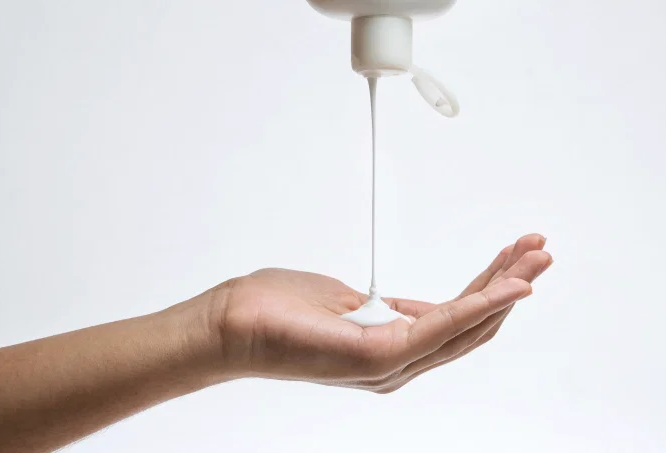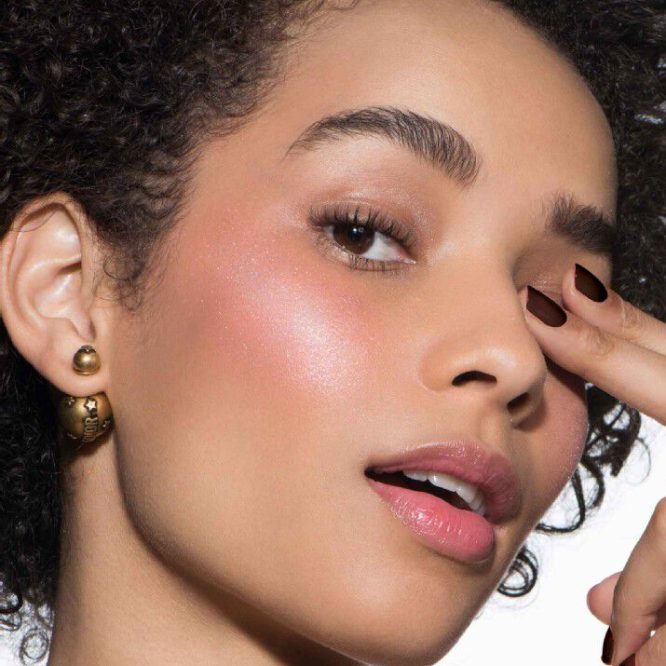Ultraviolet (UV) radiation present in the sun’s rays can cause acute effects on the skin, such as burns and chronic effects, which arise from the action of UV rays on the skin in a cumulative manner over the years.
From this, it identifies the signs of aging (wrinkles, spots, spider veins, change in thickness) and skin formation itself, such as pre-cancerous lesions (actinic keratoses) and skin cancer. Therefore, knowledge and practice of sun protection measures are important, not only in situations of greater exposure to the sun such as beaches, waterfalls, and swimming pools but also in everyday life.
With summer approaching, it is always important to protect yourself from the sun’s rays. Using sunscreen is important, but you also need to know how to use the ideal filter and the right size for your skin.

Ultraviolet B (UVB) radiation is responsible for most of the carcinogenic effects (which give rise to cancer) on the skin. UVB is more intense between 10 and 16 hours. However, it is recommended to avoid sun exposure during this period.
To prevent this excessive exposure from causing any damage to the skin, it is necessary to take some special care such as the use of sunscreen, cap, hat, sunglasses, protective clothing and especially avoid the sun from 10:00 am to 4:00 pm.
Why should I use sun protection every day?
Sunscreen, also known as sunscreen, is a lotion, spray, or topical product that helps protect the skin from ultraviolet A and B radiation from the sun. It helps reduce sunburn and other skin damage, lately linked to a lower risk of skin cancer.
Sunscreens should be used daily. There are many cosmetic products available that already contain sunscreens in their composition, as, above all, sun protection is the main way to prevent premature aging and allow the damaged skin to repair itself.
Sunlight is reflected very intensely by the sand. Therefore, even under the tent or in the shade, the filter must be applied. Do not reserve the use of sunscreens only for sunny summer days. Even on a cloudy day, 80% of ultraviolet rays surpass the clouds.
When choosing your product, it is advisable to pay attention to some desirable features in your protector:
Anti UVA and UVB: filters that protect against both ultraviolet A and ultraviolet B rays.
Hypoallergenic: uses substances that generally do not cause allergies.
PABA Free or “PABA Free”: filters that do not contain the substance PABA, which is highly allergic.
Oil-free or “oil-free”: filters whose vehicles do not contain oily substances. They are the most suitable for people with oily skin or with a tendency to form blackheads and pimples.
Non-comedogenic: filters that do not clog pores, thus preventing the formation of blackheads. They are also suitable for people with oily skin and a tendency to form blackheads and pimples.
Suncare: choose a good sunscreen
Among the precautions we must take with the sun, one of the main ones is choosing the ideal sunscreen. The product must offer good absorption of UVA and UVB rays. Above all, it cannot irritate the skin and needs to be water-resistant.
There are two types on the market:
Physical or inorganic sunscreens are made with titanium dioxide and zinc oxide. They are deposited on the most superficial layer of the skin, reflecting incident radiation;
Chemical or organic sunscreens work as a kind of sponge from the rays, transforming them into heat and avoiding the dangers of exposure to the sun.

How to choose and use sun protection to ensure ideal protection
With so many different products, ingredients, protective factors, and formulations, choosing and applying sunscreen correctly is important and you shouldn’t just use it one day, but every day as soon as you wash your face in the morning.
Sun guard vs. Sun Block, What’s the difference?
The sunscreen ingredients absorb UV radiation before it reaches the skin, while the sunblock ingredients create a barrier to physically block and deflect the sun’s rays. Many broad-spectrum sunscreens contain both types of ingredients. For simplicity’s sake, all of our sunscreen lotions and creams are called “sunscreen”.
What about FPS?
The sun protection factor (SPF) evaluates the effectiveness of sunscreen in blocking UVB rays. For maximum protection against UVB rays, dermatologists recommend using protectors with a “high” protection factor – SPF +30, or “very high” – SPF +50. European Union-approved broad-spectrum sunscreens also provide UVA protection and display the letters “UVA” in a circle stamped on the packaging. Make sure your sunscreen offers protection even against long UVA rays.
Use a sufficient amount of sun protection
Probably more than you think is enough. A woman of average height should use 36g of cream to cover her entire body. That’s approximately two tablespoons or a generous “golf ball”.
Your skincare will be redoubled after these tips, won’t you?




